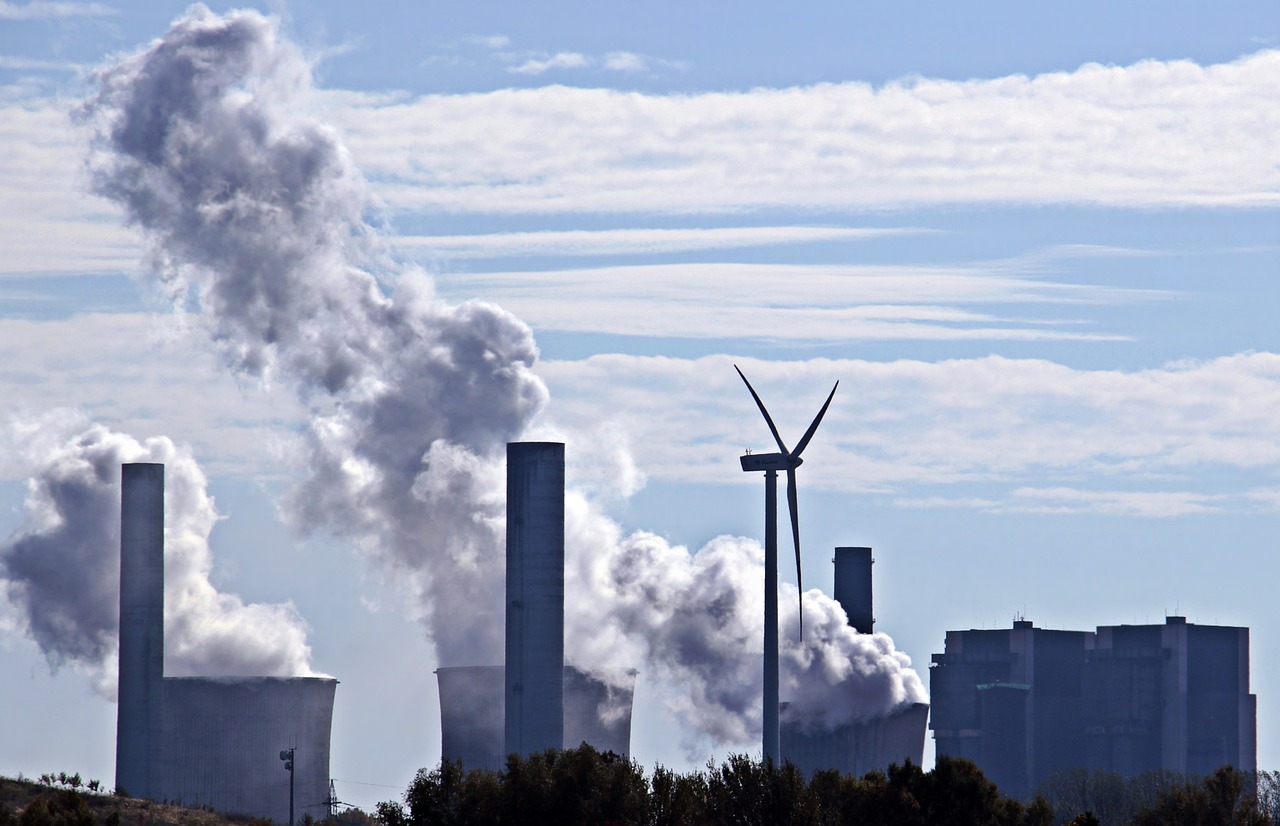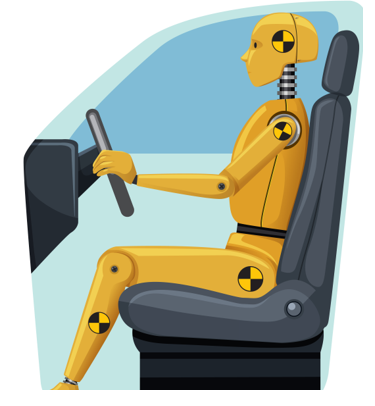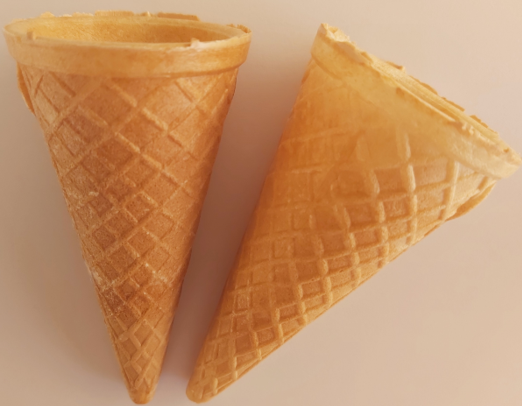
Eva works at Eco-delivery, an environmentally friendly courier that delivers post by bicycle within the city. The sun was shining and Eva decided to head to the beach with her swimwear. Early as it was, Lena and Ullrika were already…
Classroom Materials

Eva works at Eco-delivery, an environmentally friendly courier that delivers post by bicycle within the city. The sun was shining and Eva decided to head to the beach with her swimwear. Early as it was, Lena and Ullrika were already…

Plastic production has sharply increased over the last 70 years. In 1950, the world produced just two million tons. It now produces over 450 million tons. Plastic has added much value to our lives: it’s a cheap, versatile, and sterile…

We often use markers in our daily life, especially at school. But there is one big problem – markers aren’t refillable. After markers run out of ink, they are usually thrown away without thinking twice. For most makers the reservoir,…

On December 8th, 1921, Fred R. Barnard used the slogan “One Look is Worth A Thousand Words” to promote advertisements on streetcars. This slogan has not lost its relevance to this day: Certain things can be expressed more precisely using…

Greenhouse gases need to be cut at every turn, but neither at the political and societal level nor in one’s own habits you can change everything at the same time. So where do we start? Perhaps where it will do…

Did you know that according to a study from the University of Virgina, women are 73% more vulnerable than men in a car accident? In addition to the physical and biomechanical differences between women and men (such as the fundamental…

Everyone loves ice cream! But have you ever looked at an ice cream cone through the eyes of mathematics? In this task, we are trying to optimise the ice cream cone! Think about what an ice cream cone is mathematically….

An ancient Greek mathematician, geographer, and astronomer named Eratosthenes of Cyrene was the first person to determine the size of the Earth using the principles of geometry and astronomy. Around 240 B.C., he achieved this remarkable feat by designing an…

We’ve all heard the phrase: “The next wars will be over water”. Water scarcity is recognized as one of the most important global risks that humanity will face in the coming years (see www.un.org/en/climatechange/science/climate-issues/water). In the island complex of Cyclades…